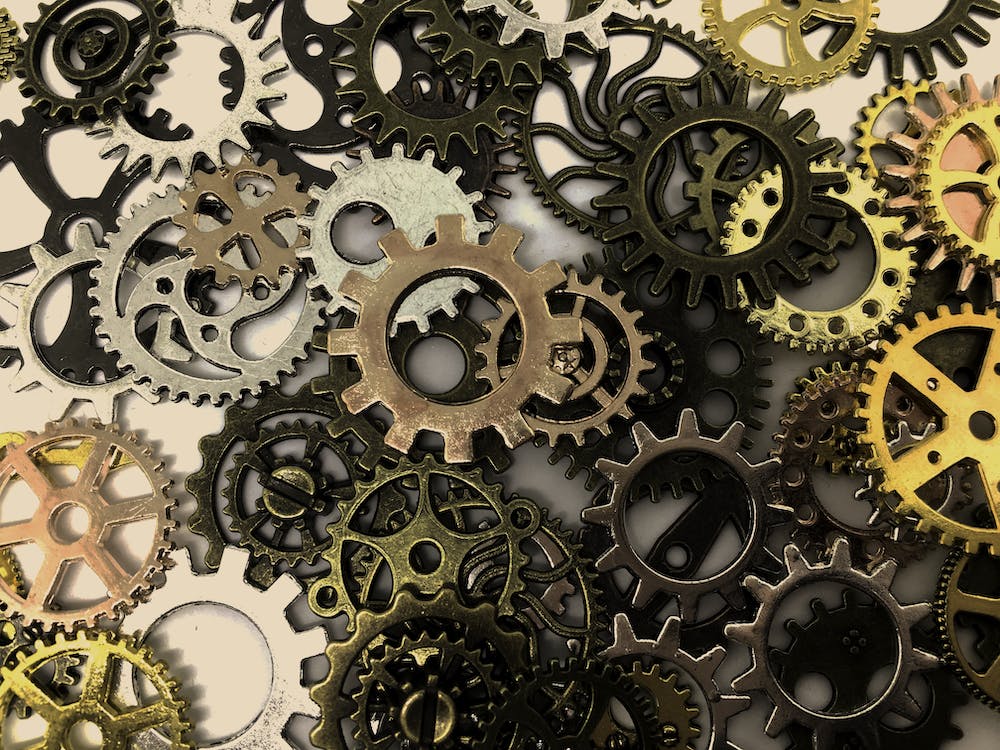
FAQ About Industrial Design

What are the key responsibilities of an industrial designer?
The key responsibilities of an industrial designer can vary depending on the specific industry, company, and project. However, here are some common responsibilities associated with the role of an industrial designer:
- Concept Development: Industrial designers are responsible for generating innovative concepts and ideas for new products or improving existing ones. They conduct research, analyze user needs, and brainstorm potential design solutions.
- Sketching and Visualization: Industrial designers use sketching, drawing, and digital tools to visually communicate and present their design concepts. They create rough sketches, detailed renderings, and digital models to help convey their ideas to clients, stakeholders, and team members.
- 3D Modeling and Prototyping: Industrial designers utilize computer-aided design (CAD) software to create detailed 3D models of their designs. They may also create physical prototypes or utilize rapid prototyping technologies to bring their concepts to life for testing and evaluation.
- Design Refinement: Industrial designers work on refining and iterating their designs based on feedback and testing results. They address functional issues, aesthetics, ergonomics, and usability to ensure the final design meets the desired requirements.
- Material Selection: Industrial designers have knowledge of various materials and their properties. They select appropriate materials based on factors such as functionality, aesthetics, durability, cost, and sustainability.
- Collaboration with Cross-functional Teams: Industrial designers collaborate with engineers, manufacturers, marketers, and other stakeholders to ensure that the design aligns with technical requirements, manufacturing capabilities, and market demands. They work together to resolve any conflicts or challenges that arise during the design process.
- User Research and User Experience (UX): Industrial designers conduct user research to understand the needs, behaviors, and preferences of the target audience. They consider the user's perspective and create designs that provide a positive and intuitive user experience.
- Manufacturing Considerations: Industrial designers work closely with manufacturing teams to ensure that the design can be efficiently and cost-effectively produced at scale. They consider manufacturing processes, assembly methods, and production constraints during the design phase.
